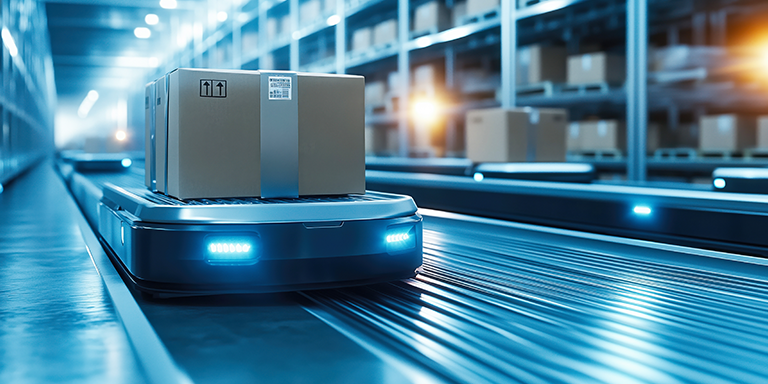Think back just a few years ago product engineering was largely about writing code, building features, and releasing updates on time. Fast forward to 2025, and it’s a completely different game. Products are no longer just functional, they’re intelligent, predictive, and sometimes even autonomous. The shift didn’t happen overnight. It’s been driven by a wave of emerging technologies that have quietly, and now rapidly, started to redefine what Product Engineering Services (PES) mean.
So, what’s really changing the game? Let’s talk about 5 technologies that are turning heads and transforming how we build the products of tomorrow.
Artificial Intelligence & Machine Leaning
If you’re still thinking of AI as a “nice-to-have” add-on for your product, 2025 will force a hard reset. Artificial intelligence & machine learning have become the foundation of how products are imagined, tested, and improved. We’re talking about systems that learn from usage data in real time, suggest design improvements, and even flag potential regulatory risks before a human team ever gets involved.
What used to take weeks of QA cycles can now be run through AI-powered simulations overnight. Whether it’s optimizing code, generating UI mockups, or personalizing user experiences, AI is no longer just part of the process, it is the process.
Digital Twin Technology
Imagine creating a high-performance electric bike. With digital twin technology, you can build a virtual version of the bike that mimics the behaviour of the real one, right down to how it handles different terrains, battery strain, or user riding styles. And then you test, tweak, and iterate all without ever touching the physical model.
That’s what digital twins are doing in product engineering today. They’re not just reducing prototyping costs, they’re completely reinventing the testing cycle. Engineers can simulate years of usage in a matter of days. It’s smart. It’s fast. And it’s way more sustainable.
Quantum Computing
Quantum computing still sounds like science fiction to many. But in certain corners of product development, it’s already making an impact. It’s enabling simulations at a molecular level, running optimization algorithms that traditional systems would take years to solve, and helping researchers model entirely new classes of materials.
For industries like pharmaceuticals, aerospace, and cybersecurity, quantum isn’t a far-off future, it’s a strategic edge. And as quantum hardware becomes more accessible, we’ll see this tech become a game-changer across broader PES landscapes.
Low-Code Platforms
These tools are democratizing product creation. Designers, analysts, and product managers can now build functioning prototypes, sometimes even production-ready modules without traditional dev dependencies. This isn’t just about speed. It’s also about inclusivity, cross-functional innovation, and rapid market experimentation. In a world that’s shifting toward hyper-agility, low-code tools are the accelerators every product team needs.
Edge AI
Edge AI enables real-time responsiveness without the latency or privacy concerns of cloud computing. It’s what makes your smartwatch detect a fall instantly, or a manufacturing line stop before a defect causes a chain reaction. This isn’t just a tech upgrade. It’s the heartbeat of modern product experiences. As more connected devices enter the market, edge AI becomes a core capability for engineering products that are not just smart, but situationally aware.
Summary
Product Engineering in 2025 isn’t just about building what’s possible. It’s about anticipating what’s next. And that means PES providers need to be more than developers, they need to be collaborators, data scientists, systems thinkers, and tech futurists. To keep up, companies need a PES partner that understands not just how to code but how to innovate.
At Milestone Technologies, we don’t just follow tech trends, we build with them. Our Product Engineering Services are designed to harness the power of emerging technologies like AI/ML, edge computing, digital twins, and low-code platforms to bring bold product visions to life.
Whether you’re a startup with a disruptive idea or an enterprise looking to modernize legacy systems, we help you engineer faster, smarter, and with confidence. Because next-generation product deserves next-generation engineering.




